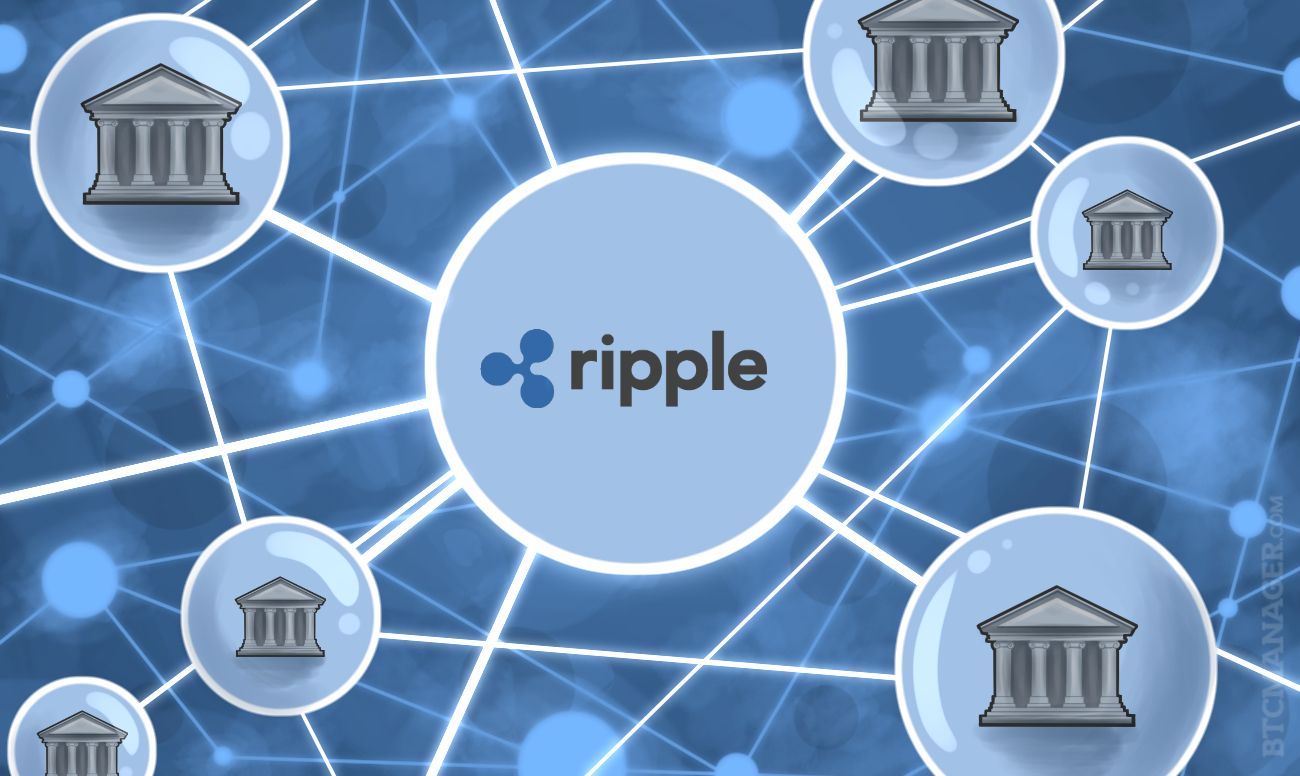Ripple is NOT a Cryptocurrency! Is Central Bank

Ripple, just like bitcoin, has a total cap of tokens available within the total currency system. With bitcoin, though, this cap is reached through mining, where initially the vast majority of the 21m bitcoins to be mined are still there for the taking, and over time through a process called block halving, will slow down and reach the cap. Block halving, put simply, is the systematic halving of the reward miners get for mining bitcoin. This gives the total supply of coins a nice inflation curve towards the max coin amount, and the next halving event is expected to occur in mid 2020, when the 12.5 bitcoin per block reward drops to 6.25.
Ripple is similarly set up with a capped total token amount: Ripple’s cap is 100bn. Unlike bitcoin, however, Ripple is not really a cryptocurrency. Ripple Labs, the company behind Ripple, owns the network and there is no decentralisation of transaction processing and verification. There is no mining, so there isn’t really any incentive to join for decentralisation purposes, so the nodes on the Ripple network are all client partners, which are mainly traditional banks. Ripple has acquired a sizeable and strong client list, who all want Ripple’s insanely fast transaction processing, but this is just more of banks being banks.
Curiously, Ripple still has 55bn tokens its hands. This means that the current market of just under $8bn dollars is actually based on roughly 45bn tokens. With this massive store of tokens not yet on the market, Ripple the company is in a position to flood the market at any point they choose. Ripple has announced a plan to deal with this problem, however. Through their own product, Ripple Escrow, they plan to enter the 55bn tokens into escrow to be released over time. Over 55 months, they plan to release 1bn XRP tokens per month into the general supply. Taking a bit over four and a half years, this plan was announced in May. It was announced with an execution timeline in late 2017, but there is now not much time left in 2017, and a specific date for this mechanism to be put into play has not yet been announced.

What is Ripple?
Cryptocurrencies are defined as “a digital currency in which encryption techniques are used to regulate the generation of units of currency and verify the transfer of funds, operating independently of a central bank.”
While Ripple fits the first part about encryption techniques, there is no generation of units of currency with Ripple. They were all generated at the genesis of the system, and Ripple, the company, owns more than half of them still today. When ones hear that the valuation of Ripple is $20bn dollars, but see the market cap on coinmarketcap.com at only $8bn, that is why. The company owns $12bn dollars worth of its own currency, which makes it a central bank. By being a centralisation force, it breaks the definition of cryptocurrency, but is definitely a secure digital currency.
Why is Ripple, therefore, considered the third cryptocurrency by market capitalisation? This is largely an issue of branding. As a cryptocurrency, Ripple is much more attractive to publicise, since it can be compared to Bitcoin while offering much more transaction throughput and therefore speed at lower fees. All of these benefits, though, are at the expense of what makes Bitcoin a cryptocurrency: decentralisation.
Bitcoin currently is going through growing pains in this regard, as the block size is currently causing wild debate about how to best approach scaling past its current bottlenecked throughput of under 10 transactions per second. Since it is decentralised, though, this debate is occurring throughout the world, with various attempts proposed as hard forks succeeding or failing, sometimes creating altogether new currencies in the process.

Just Another Bank?
The centralisation concept is a really big deal. Bitcoin came out of the financial crisis occurring in the early 2000s, to fight big banks who controlled the flow of currency. By having this form of peer to peer digital cash, with the ledger itself being held amongst many peers, there’d be no need for banks. While Ripple will likely shoot up in price drastically, the all time high that was hit in May when Ripple originally announced the aforementioned escrow plan is now almost twice the current price. The fact that the escrow plan has not been put into motion yet is somewhat worrisome, but in the long run, Ripple is just another big bank. While it is employing some good things from cryptocurrency, namely using cryptographic techniques to secure transactions digitally, Ripple is not doing much more in terms of decentralisation.
The whole point of cryptocurrencies is to not need big banks. In the 14th century, the Medici family became notoriously wealthy by implementing the first ever banking ledger, with accounting done on two copies to ensure redundancy. Banks have used this ever since, but cryptocurrencies – the real decentralised ones – are here to take over the role of banks. Just as the postal office in the US has needed to change its business model in recent years because of email and the rise of the internet, so will banks in the years to come. Therefore, it’s no wonder Jamie Dimon has called bitcoin a fraud!
Ripple is certainly worth further investigation, and possibly investment, since its per token price will likely go up again. Without clarity around their plan to release the exorbitant amount of currency supply they hold and considering the long run vision of cryptocurrencies, it is, however, hard to believe in Ripple right now.
Source: CoinTelegraph.com